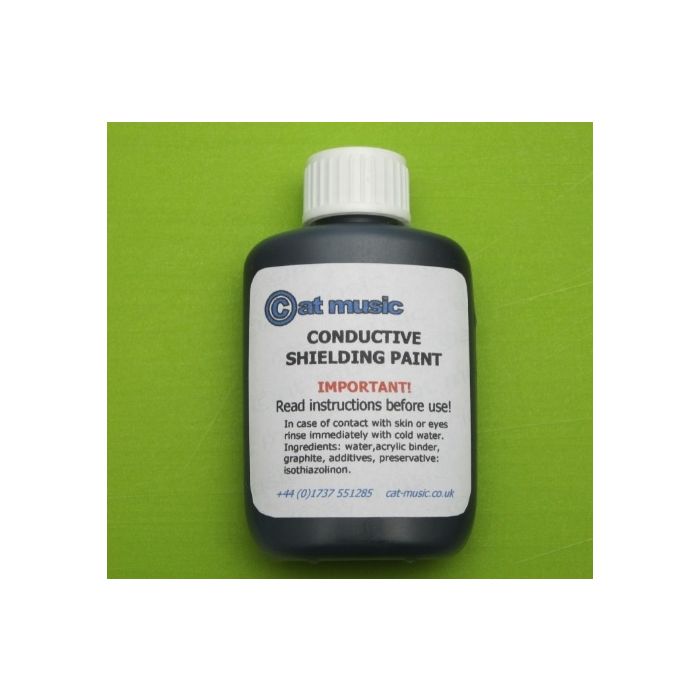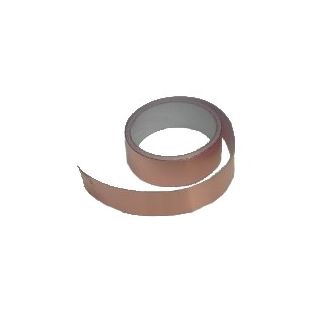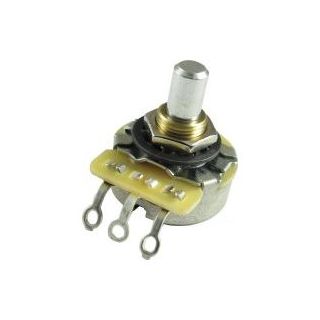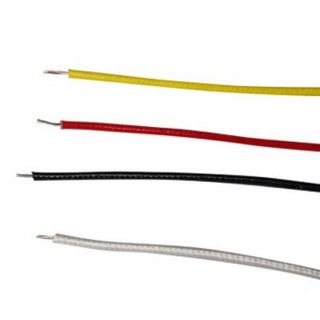Conductive Graphite Shielding Paint - 30ml
Reduces hum, buzz and radio interference in Electric Guitars and Basses.
It can also be used for shielding equipment cabinets, fixing PCB's etc.
Packed in convenient 30ml bottles - enough for two coats on a typical strat type guitar, without the waste that often occurs with larger tins going off after they've been opened.
Guitar Shielding - How It Works
Spending a decent amount on a good-quality cable to plug your guitar into your amp is a good investment. A good cable, apart from being mechanically strong, will have a heavy copper shield around the central "hot" wire that carries the guitar signal, to prevent it from picking up noise in the form of hum, buzz and radio transmissions etc. Unfortunately, it's very likely that once on the inside of the guitar the hot wire, pickups and controls will be completely unshielded. Wood and plastic are good insulators, and consequently lousy shielding materials...
What's needed is a way of continuing the screening effect of the cable on the inside of the guitar to reduce this background noise - especially on guitars fitted with single coil pickups, e.g. Stratocaster, Telecaster, etc.
Very effective screening is achieved by coating the pickup and control cavities with a specially formulated conductive paint, and by covering the underside of the pickguard or control cover with heavy duty self-adhesive copper foil. These conductive surfaces are then connected to the cable screen. This has the effect of enclosing all of the guitar’s electrics in a conductive box (technically known as a Faraday cage) which is connected to ground. Most of the noise that would previously have been picked up and amplified along with the guitar signal is now shunted to ground before it can get to the hot wire, giving a much cleaner signal.
In a live situation, buzzes from lighting dimmers are greatly reduced. In the studio, the improved signal to noise ratio makes everything easier — you'll spend less time walking around the room or spinning on a chair trying to find the sweet-spot where the noise nulls out. And the guitar just sounds better - low level harmonics that were previously buried in the mains hum and noise are now audible, making the overall sound richer and more dynamic.
Don't assume that expensive guitars will be shielded properly - most mainstream manufacturers do little or nothing to shield their guitars, regardless of price. The screening on some expensive guitars really is almost non-existent, and you can probably guess which manufacturer is the worst……….
Putting It To the Test
A real-world test to measure the effect of applying shielding (both paint and tape) to a stock Fender Japan '62 re-issue Strat.
The guitar was set on a stand 1m from a Musicman valve combo. All of the controls on the guitar were set to maximum, with the pickup selector set to the mid position. The amp controls were all set to "flat", with the volume at minimum. To simulate stage conditions, some thyristor dimmer controlled lighting (the type used in stage lighting rigs) was switched on and set to 50% dim (the noisiest setting) 2m from the guitar.
The guitar amp was then switched on and the volume increased to a typical playing level. A recording of the background noise was made, and a 3D plot of this recording can be seen in the "mountain range" (see graph visible in the recording video). The yellow peak to the left is 50Hz mains hum, and the following green peaks are harmonics of this. The blue peak is the buzz and associated harmonics from the dimmer.
The guitar was then removed, and everything else was left exactly as it was, including mic position, pre-amp settings etc. The screening was applied to the guitar, and it was put back in the stand. The amp was switched on again and another recording of the noise was made. This can be seen on the near side of the graph (separated from the first recording by a short silence, which appears flat).
"Very pretty", I hear you say - "but what does it sound like?
You can hear the recording here - it's a short youtube video and will open in a new window.
As you can see and hear, the noise at all frequencies is considerably reduced, especially the really annoying buzz from the lighting dimmer. Some mains hum remains. This is unavoidable with single coil pickups. The only way to reduce it further is by shielding the pickup covers, but most people would find this unacceptable as it will change the sound of the guitar - some of the top-end clarity and attack will be lost. (This is why you often see Telecasters with the front pickup cover removed). And the hiss? Well, hiss is usually due to the electronics in the signal chain, not interference. In this case the hiss is a 30 year old valve combo. It sounds great when you actually play something though .....



| Shipping | Regular |
|---|





